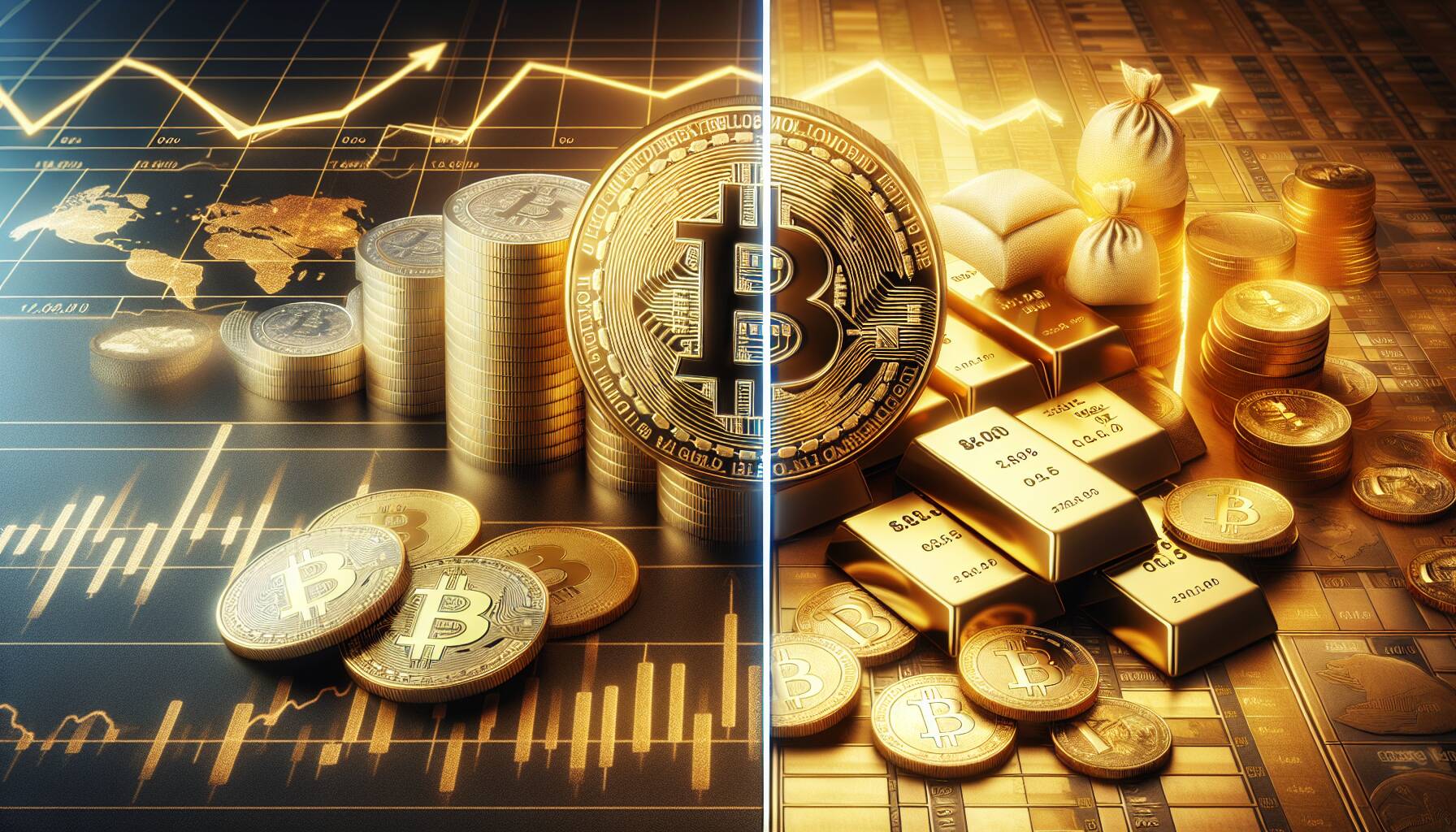Bitcoin (BTC) has made a notable recovery, rebounding to nearly $124,000 after dipping to $120,000 just a day prior. Currently trading at approximately $123,500, the leading cryptocurrency has seen a 1.5% increase over the past 24 hours. Following Bitcoin’s upward trajectory, altcoins like Ethereum (ETH), Ripple’s XRP (XRP), Solana (SOL), dogecoin (DOGE), and Avalanche (AVAX) recorded gains between 1% and 3%. The broader market, indicated by the CoinDesk 20 Index, also rose by 2%, showcasing a positive sentiment across various digital assets.
In the realm of crypto-related stocks, companies linked to Bitcoin mining, particularly those leveraging high-performance computing, led the charge. Cipher Mining (CIFR) and Bitfarms (BITF) saw impressive gains of 11% to 12%, while CleanSpark (CLSK) and Hut 8 (HUT) increased by approximately 6%. This uptick is fueled by optimism regarding the demand for computing power driven by advancements in artificial intelligence, which are expected to benefit crypto miners.
Amid these shifts in the crypto market, the latest minutes from the September Federal Reserve meeting revealed that while many officials are expecting interest rate cuts later this year, there is ongoing debate regarding the necessity of these cuts. Some policymakers have raised concerns about inflation risks, indicating a cautious approach moving forward.
“Gold still leads the debasement trade,” notes industry experts, as the precious metal surged past $4,000—up 50% this year—amid rising government deficits and instability in bond markets. This situation has prompted investors to flock to gold as a safe haven, actively impacting risk assets, including cryptocurrencies.
Charlie Morris, chief investment officer at ByteTree, emphasizes that gold’s rally is not merely driven by speculation but rather by fundamental economic factors. He suggests that Bitcoin could regain momentum once gold’s ascent starts to plateau, drawing on its historical tendency as a secondary beneficiary in macroeconomic shifts. Relatedly, Matthew Sigel from VanEck highlights a long-term prediction that Bitcoin might capture half the market size of gold, equating to a potential value of $644,000 per BTC, as it becomes an increasingly attractive store of value for younger investors.

Bitcoin Market Movements and Economic Impact
Key Points from Recent Developments in Cryptocurrency and Gold Markets:
- Bitcoin Recovery:
- Bitcoin (BTC) rose to nearly $124,000 after a dip to $120,000.
- Recent trading showed a 1.5% increase in 24 hours.
- Altcoin Performance:
- Other cryptocurrencies like Ethereum (ETH), Ripple’s XRP (XRP), and Solana (SOL) followed BTC but didn’t reach previous highs, increasing by 1% to 3%.
- The CoinDesk 20 Index saw a 2% rise, suggesting a positive trend among major digital assets.
- Gains in Crypto-Related Stocks:
- Bitcoin miners such as Cipher Mining (CIFR) and Bitfarms (BITF) saw significant stock increases of 11%-12%.
- The outlook on AI-driven demand for computing power is benefiting crypto mining companies.
- Federal Reserve Insights:
- Federal Reserve minutes showed some officials anticipate interest rate cuts.
- Concerns over inflation risks may influence future monetary policy direction.
- Gold’s Continued Dominance:
- Gold prices surged past $4,000, up 50% this year, driven by governmental deficits and market instability.
- Gold serves as a safe haven, taking precedence over risk assets like crypto during times of uncertainty.
- Future Outlook for Bitcoin:
- Investment insights suggest that Bitcoin could benefit once gold’s value stabilizes.
- Matthew Sigel’s projection indicates Bitcoin could capture up to half the gold market size, potentially leading to a BTC price of $644,000.
“When gold starts to cool, the chances are that bitcoin will get going again.” – Charlie Morris
Bitcoin Regains Momentum: A Comparative Analysis with Gold’s Resilience
Bitcoin’s recent increase to nearly $124,000 has reignited interest in the cryptocurrency market, particularly among investors looking for high-potential assets amidst a landscape dominated by traditional safe havens like gold. While Bitcoin’s 1.5% rise over the past 24 hours reflects a resurgence in confidence, it faces a competitive disadvantage as gold continues to thrive as a secure investment choice. With gold surging past $4,000, the allure of cryptocurrencies is challenging, particularly when many view gold as less volatile.
Despite Bitcoin’s bounce back, altcoins like Ethereum and Solana have not fully reclaimed their previous peak levels, suggesting that investor sentiment remains cautious, particularly towards riskier assets. The sentiment echoed in cryptocurrency mining stocks paints a similar picture; while companies linked to high-performance computing have seen double-digit gains fueled by an increase in AI demand, the overall volatility in crypto markets leads to uncertainty among investors. This discrepancy could deter traditional investment funds from diversifying into cryptocurrencies.
On the other hand, the relationship between gold and Bitcoin is marked by anticipation. Analysts like Charlie Morris hint that Bitcoin may emerge as a favorable alternative once the momentum in gold begins to cooldown. This speculation might attract younger, forward-thinking investors looking for a scalable and innovative store of value. Thus, while Bitcoin’s advantages lie in its potential for substantial growth, it must navigate the challenges posed by the surging gold market and the prevailing economic uncertainties that make risk-averse investors hesitant.
Maturity in Bitcoin’s investment ecosystem could provide benefits, particularly for tech-savvy investors and those seeking a hedge against inflation. However, as the Federal Reserve remains cautious regarding interest rate cuts, investor confidence could sway with fluctuations in traditional markets, creating an environment where Bitcoin’s growth could stutter if gold maintains its position as the standard for safety.
In summary, while Bitcoin appears to be regaining traction, the strong performance of gold and investor hesitancy towards digital assets present both challenges and opportunities. Understanding this dynamic will be crucial for investors who operate at the nexus of these two asset classes.















